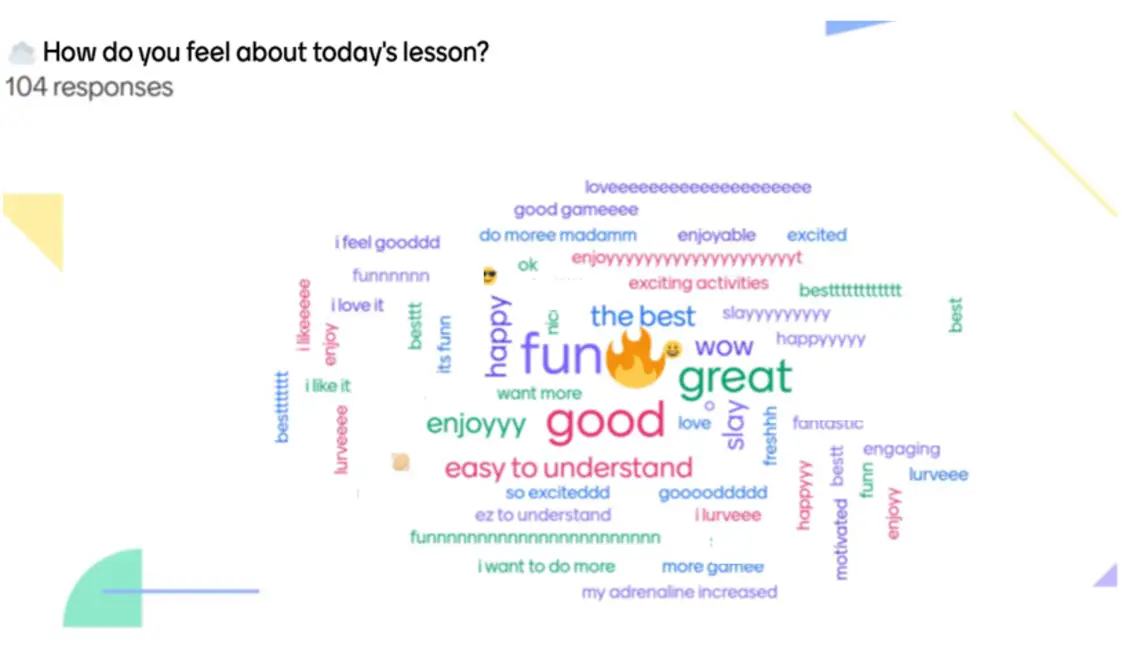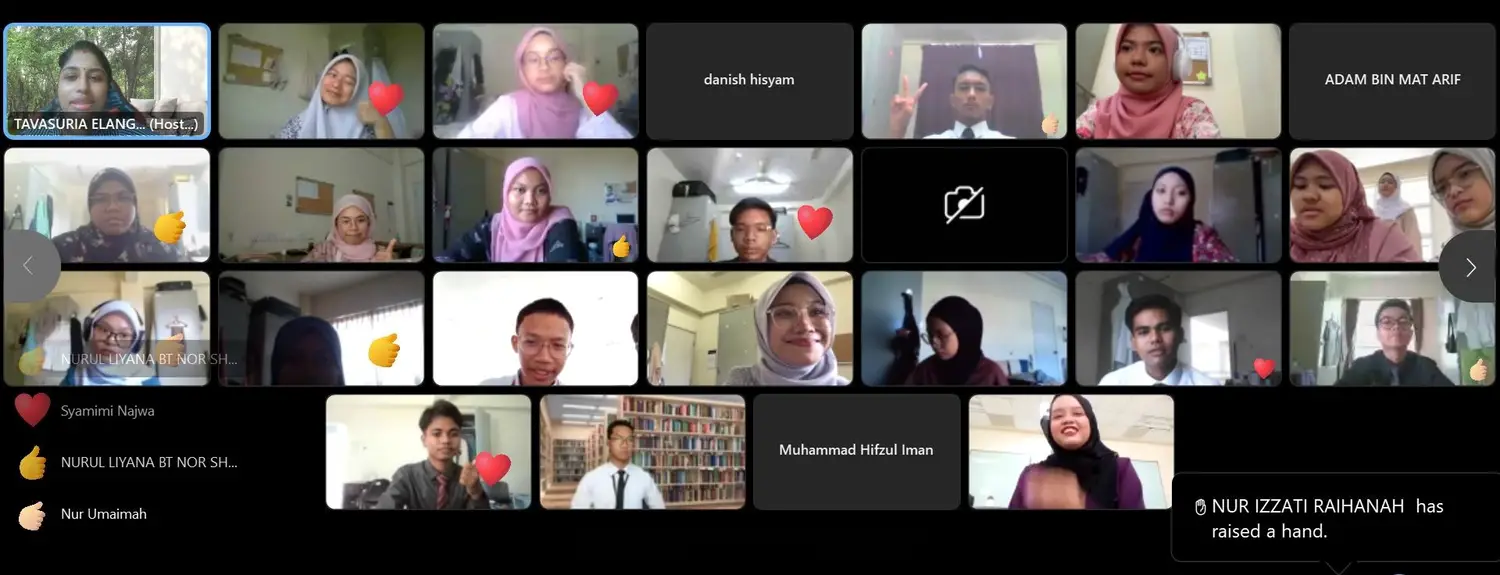
The subject BIO122, Histology of Cell and Tissue, is a blended learning course incorporating the elements of the fourth industrial revolution (IR 4.0), such as the use of the Internet of Things (IoT), into the teaching and learning process. The advent of the Fourth Industrial Revolution (IR 4.0) has brought about a significant transformation in the field of education, marked by an important shift from conventional pedagogical approaches toward technology-driven methods of teaching and learning. This approach prioritises student-centered learning over teacher-centered learning. Therefore, students underwent learning through interactive and game-based Web 2.0/internet apps, namely “Mentimeter” and “Quizizz”.
Mrs. Tavasuria A/P Elangovan, a biology lecturer in the Faculty of Applied Sciences, UiTM Perak Branch Tapah Campus, conducted the teaching of BIO122 subject to 143 students from 5 classes enrolled in the Diploma Science programme in the first semester of October 2023 until February 2024. This innovative teaching method was extended for six weeks, starting on Monday, October 2, 2023, until Wednesday, November 8, 2023. The biology concepts and facts were imparted to these students through the use of interactive lecture notes (in the form of PowerPoint handouts). These notes incorporated brainstorming questions as a form of lecture reflection.
During the lecture, the students were presented with a number of brainstorming questions, created by using the “Mentimeter” or “Quizizz” apps, after learning about the respective topics. Therefore, it is necessary for students to use electronic devices such as smartphones, laptops, tablets, and other similar devices in order to answer these questions. Students self-challenge and compete with their classmates to answer questions within an allocated time frame. Students who are able to answer questions quickly and accurately will be awarded more points compared to those who submit their answers late. The students can see answers in real time.

The incorporation of interactive elements enhances the learning experience by rendering it more enjoyable. Furthermore, the use of educational tools or apps such as “Mentimeter” and “Quizizz” facilitates the integration of elements of gamification into the biology teaching and learning process. As a result, this fosters an increased level of enthusiasm and motivation among students in relation to their engagement with the subject matter. Moreover, these game-based Web 2.0 tools facilitate the encouragement of active participation and engagement among students in lessons.
During the first week of the lecture, Mrs. Tavasuria A/P Elangovan found that about 74–75% of students from the five classes participated in the activity of brainstorming questions. In the sixth week of the lecture, a significant percentage of students, ranging from 85% to 99%, participated actively by taking part in the activity of brainstorming questions. This finding indicated an increase in students’ level of participation and engagement in the lessons. Next, the students were provided positive feedback about the use of “Mentimeter” or “Quizizz” apps in lessons, such as the lesson was fun, exciting, motivated, enjoyable, great, etc. In conclusion, it is evident that technology serves a significant role in shaping the future of high-quality and accessible education for all students. Achieving a high quality of education leads to the accomplishment of the fourth goal (SDG 4): quality education, outlined within the framework of the 17 Sustainable Development Goals (SDGs).
